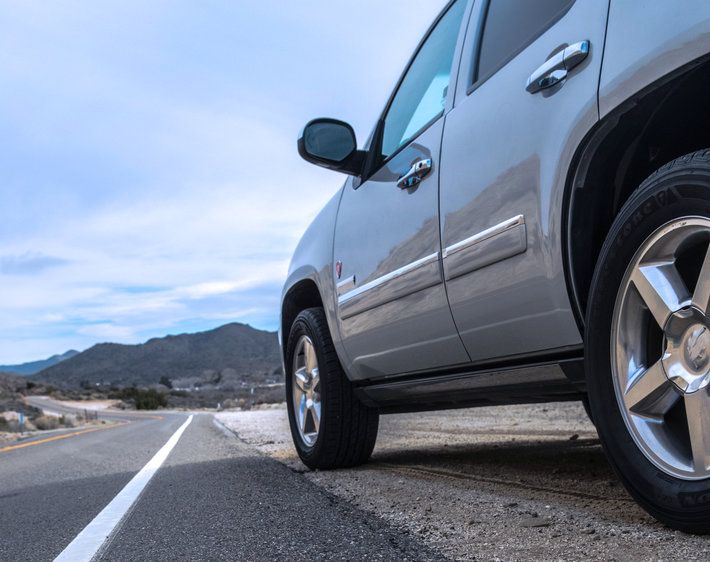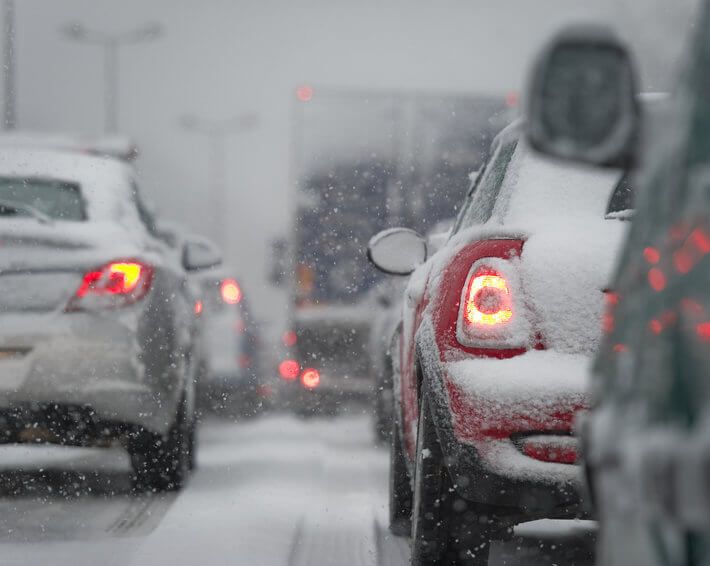Have you ever slid into your car, and felt the icy cold leather, a frigid seatbelt, and peered out only to see a frosted-over window? Us too, and there’s nothing fun about it. Many Americans like to turn on their engine ahead of time and let it idle in order to hop into an instantly cozy car. In fact, a myth has started to spread that this is actually good for your engine. But...is it?
The short answer: no
Origins of the Myth:
While you’ve probably heard advice to idle from Mom, Dad, and all your neighbors, it’s actually a myth that dates back to the old days of carburetors. Carburetors required some time idling to get to a temperature where they’d run smoothly. However, fuel-injected engines have been the norm since the 80s and 90s and they have sensors that adjust for cold weather.
Idling your car before you start doesn’t just waste fuel and increase emissions, it strips oil from the cylinder and piston—critical components that help your engine run.
How idling affects your engine:
To make a long story short: an internal combustion engine uses pistons to compress a mixture of vaporized fuel and air in a cylinder. This compressed mixture ignites to create combustion (a tiny, controlled explosion that gives power to your engine).
However, in cold weather, gas is less likely to evaporate, which in turn throws off the ratio of air and vaporized fuel. Electronic fuel-injected engines compensate for cold weather by adding more gas to the mixture. Until the engine heats up to 40 degrees Fahrenheit, the engine will continue to “run rich."
This becomes problematic because the extra fuel can get onto the cylinder walls. Gasoline is a solvent, meaning it can deteriorate the walls if you idle in cold conditions for an extended period.
Rather than idling and using up extra gas to get your engine up to 40 degrees, simply hop in your car and drive. Driving is the fasted way to heat your engine up, thus switching it back to a normal fuel to air ratio. This doesn’t mean gun it, however. It takes anywhere from 5 to 15 minutes to fully warm your engine up, so start your drive smooth and slow.
While the first few minutes may be a little chilly without starting your car ahead of time, you can drive stress-free knowing your engine is well taken care of. We recommend some gloves, a scarf, and a steaming cup of coffee to get your drive started right.
If you experience any engine trouble, stop by your nearest Firestone Complete Auto Care location and check out our latest tire and auto service coupons!



